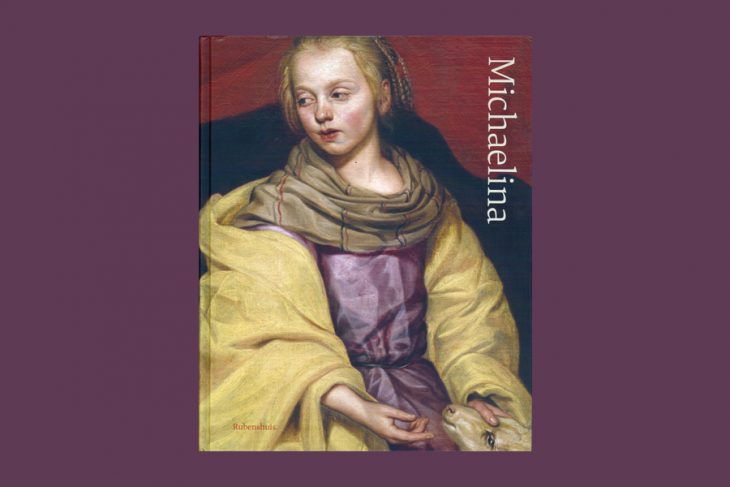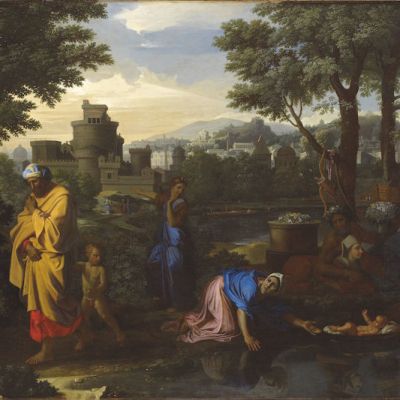This week’s book competition prize is Michaelina Wautier, 1614-1689: Glorifying a Forgotten Talent by Katlijne Van der Stighelen (Rubenshuis/BAI). Click here for your chance to win.
For a variety of reasons, the female artists of the early modern period who had the opportunity to pursue an artistic career can be counted on the fingers of one hand. So it is hardly surprising that until recently even connoisseurs of painting were unfamiliar with the name Michaelina Wautier. This is the first book about this forgotten painter, many of whose works were at one time ascribed to better-known male contemporaries.
Michaelina Wautier was born in Mons but pursued her career in Brussels, in the courtly circle around Leopold Wilhelm, governer of the Habsburg Netherlands. The archduke himself acquired several of her works, which the rest of his renowned collection ended up in Vienna’s Kunsthistorisches Museum.
About thirty paintings survive that can be identified as Michaelina’s. She produced penetrating portraits, masterly large-scale history paintings, disarming genre scenes, and refined floral still lifes. Just like Artemisia Gentileschi in Italy and Judith Leyster in the Dutch Republic, the versatile Michaelina, whose pictures disply challenging themes and technical virtuosity, uniquely enriched baroque painting.
Answer the following question, by 12 p.m. on 24 August, to win a copy of Michaelina Wautier, 1614-1689: Glorifying a Forgotten Talent by Katlijne Van der Stighelen (Rubenshuis/BAI).
Q: In which museum can you find Michaelina Wautier’s monumental Triumph of Bacchus?
For our last competition prize we offered Michael Jackson: On the Wall by Nicholas Cullinan with essays by Margo Jefferson and Zadie Smith (National Portrait Gallery; £35). The question was:
From which US painter did Michael Jackson commission an equestrian portrait of himself?
Answer: Kehinde Wiley
Congratulations to the winner, Henry Sampson



